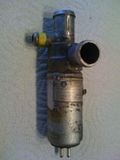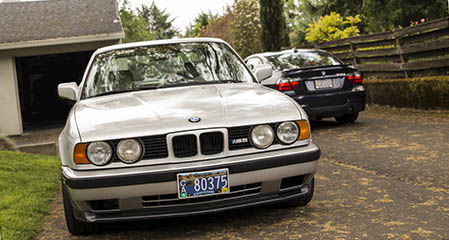I've searched about cleaning the ICV and all I can find is that you should clean it if you have cold start/idle issues ... however I haven't seen how to clean it
Think I remember seeing somewhere that carb cleaner works ... do I just dunk the whole thing in there? (I'm assuming no) ... do I try and flush it or something ?? If I don't have carb cleaner, gasoline should work just as well right? Provided it is left to completely dry before putting it back in
And finally for reference ... pictured below is the ICV right? When I look up the part number it says it's the IDLE REGULATING VALVE ... car is an '87 325e

Thanks for the help!
Think I remember seeing somewhere that carb cleaner works ... do I just dunk the whole thing in there? (I'm assuming no) ... do I try and flush it or something ?? If I don't have carb cleaner, gasoline should work just as well right? Provided it is left to completely dry before putting it back in
And finally for reference ... pictured below is the ICV right? When I look up the part number it says it's the IDLE REGULATING VALVE ... car is an '87 325e

Thanks for the help!



Comment